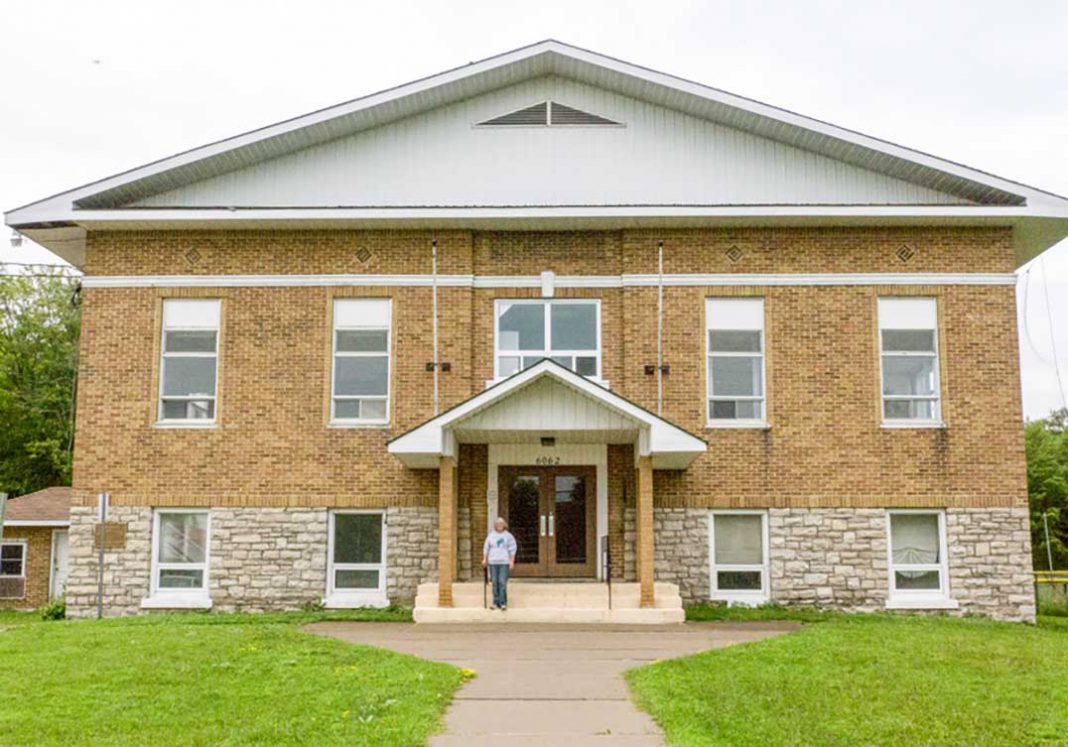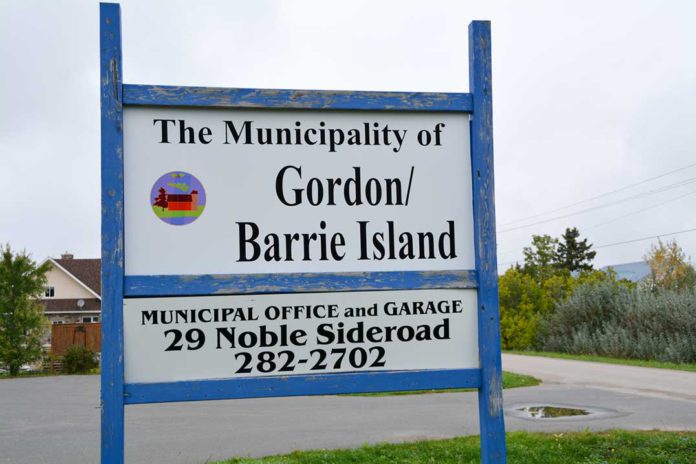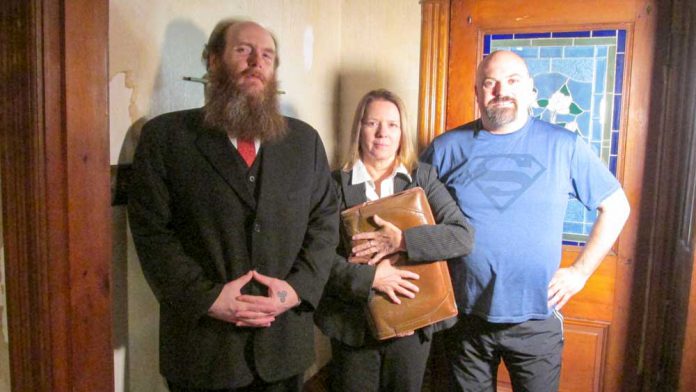MINDEMOYA—The Manitoulin Old School Repurposing Committee (MOSRC) held their meeting May 14 and began with a conference call with Legacy Fund members and former Islander Mary Nelder. The committee members were interested in the steps to take before submitting an application to the fund.
The Legacy Fund provides funding for community-initiated capital projects intended for community use with up to 50% of eligible project expenses provided to a maximum of $500,000. Based on the direction of the MOSRC, this undertaking would qualify in several areas. These include that the project be a capital one to mark a 100thanniversary, or the restoration, renovation or transformation of existing buildings or exterior spaces with local community significance that are intended for community use and/or encourage arts and heritage in the local community that are intended for and accessible to the general public.
Chairperson Ted Williamson commented that the building has to be brought up to snuff and asked if Legacy would support such things as a new roof, new windows, an HVAC system and so on. The answer was, “Yes, we would be able to support those costs.” When he went on to ask how long it could be for funding the reply was, “It depends on you. We can definitely look at funding over two years.”
In answer to other questions it was established that the Legacy Fund would support such things as a small museum, an art gallery, and studios for artisans and such. It would not support a senior’s centre. A suggestion made by Legacy was an interpretive centre as a remake as a school in Newfoundland had done. When asked if Legacy funds engineering and planning plans, the response was, “we fund architectural plans.”
Central Manitoulin resident Perry Anglin was also at this meeting. He had been on the board of Heritage Canada and asked about programs and advice and was told that this funder and also the Canadian National Trust (CNT) have a myriad of programs that MOSRC should definitely look at. The mandate of CNT is to inspire Canadians to save places that matter.
Keeping in mind that the FedNor feasibility study would be concerned with commercial uses for the building, the committee also discussed approaching the Trillium Foundation about funding. As Ms. Nelder explained, Trillium is more focused on social issues. “If it was a mixed use building, as well as commercial, does that mean we could not apply at all?” she asked, to which Legacy said, “We could definitely support the social programs. We are building communities through arts and heritage. Our mandate does not lie with commercial aspects.”
Committee member Jan McQuay asked several questions about funding. “A theatre? Would you consider that?” she asked and received an affirmative response. She also asked about a music room and again was told that Legacy would support it. Ms. McQuay also talked about the Harbour Centre in Gore Bay and the visual artists that support it and asked if Legacy would back something along these lines with artisans paying rental fees. She was told that Legacy would support the paying of rent to keep the lights on.
The Legacy call ended with a recommendation of the project and the committee was given kudos for preserving the building. Members were also told that there is a Commemoration Fund that would have funds available for the celebration of the 100 years in 2021 and that the application for these funds has to be in by January 2020. “Keep in touch,” the committee was told. “Some of your ideas are in line with us. We are more than happy to guide you along.”
Committee members discussed ideas moving forward. Sam Bondi liked the idea of a theatre for movies, meetings and seminars which would fit in with the Legacy Fund.
Mindemoya resident Maya Mielonen also had ideas and said, “Maintain what the building used to be. For example music and weaving. The school remains a school to teach all kinds of things to all kinds of people.”
Mr. Anglin went on to say that a senior’s centre is not going to be supported by council. “The important thing,” he said, “is to save the school. There is no reason why a feasibility study cannot identify commercial uses such as apartments, office space and so on. It could be a restaurant or a bed and breakfast.”
Chairman Williamson responded to this line of thinking by saying, “Council feels that anything that affects the community cannot be done.” To this Mr. Anglin replied, “then nothing can be done without a new council.”
Mr. Anglin also made a presentation to the committee. “First let me say that you and your group deserve great credit, beginning with your impressive presentation to council and then with all the hard work that brought council to approve $5,000 towards a $50,000 feasibility study. Clearly the paramount aim is to save the heritage building for its own sake and for its historical importance. One hundred years ago this area pioneered in a huge improvement of education in rural Ontario. The consolidated school replaced a scattering of primitive one room or two room schoolhouses.”
Mr. Anglin went on to talk about the history of the school and his family’s participation in the building of the school and the eventual renting out of the space. He concluded his remarks by saying that the feasibility study should be pursued without hesitation as expected by supporters of saving the old school. “Only then,” he said, “can a range of options be sensibly considered and subject to a call for proposals.”
The old school committee has given the go ahead for their Phase Two for the FedNor feasibility study and will see if they can also apply for Trillium funds. They will also ask council for a much needed extension of their time limit. Member Hal Love reported that the architectural people are moving ahead and will now be taking a look at the outside of the building.
MOSRC member Joanne Smith expressed her disappointment with the negative remarks made by some council members made in a recent Recorder story. Alex Baran replied to this by saying, “Worthwhile things take time. It is too early to be critical. Let the committee get on with their work.”





